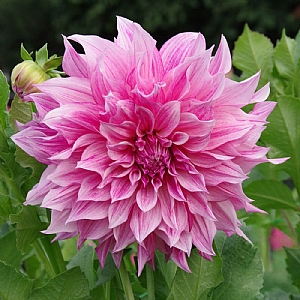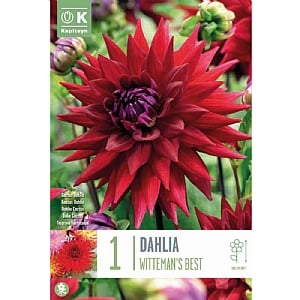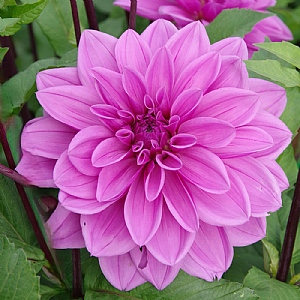Dahlia Tubers
Dahlias are a must-have summer plant. With our extensive range of top quality Dahlia Tubers you'll be spoilt for choice!
Filter products
19 Products
Sort By
Filter Products
Price
Height
Range
Size
Soil Type
Sun Level
Flowering Month
Clear All Filters
View 19

You Save £2.50 Quick View >

You Save £2.25 Quick View >

You Save £2.25 Quick View >

You Save £2.50 Quick View >

You Save £2.25 Quick View >

You Save £2.50 Quick View >

You Save £2.00 Quick View >

You Save £2.25 Quick View >

You Save £3.00 Quick View >

You Save £3.00 Quick View >

You Save £2.50 Quick View >

You Save £2.50 Quick View >

You Save £2.50 Quick View >

You Save £3.00 Quick View >

You Save £2.00 Quick View >

You Save £2.50 Quick View >

You Save £2.50 Quick View >

You Save £2.50 Quick View >


Call Us on 01527 860000
Wonderfully situated in Wychbold near Droitwich, West Hagley near Stourbridge, Cheltenham and also Millets Farm in Oxfordshire, Webbs is a family business committed to providing the very best for your garden and home. We have everything for the dedicated and occasional gardener alike, as well as providing great places to visit for a great cup of coffee and much more.


